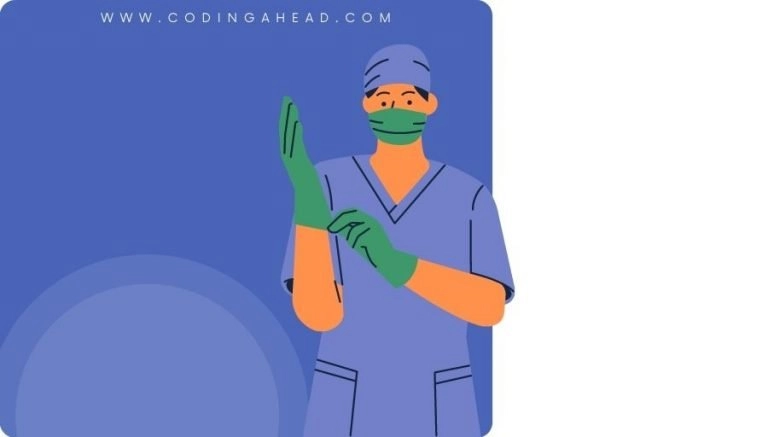How To Use CPT Code 73070
CPT 73070 describes the radiologic examination of the elbow, specifically two views. This article will cover the description, official details, procedure, qualifying circumstances, appropriate usage, documentation requirements, billing guidelines, historical information, similar codes and billing examples.
1. What is CPT Code 73070?
CPT 73070 is used to describe a radiologic examination of the elbow, focusing on obtaining two views of the affected area. This procedure is commonly performed to assess injuries, fractures, arthritis, bone spurs, tumors, or congenital abnormalities in the elbow joint.
2. Official Description
The official description of CPT code 73070 is: ‘Radiologic examination, elbow; 2 views.’
3. Procedure
- The radiologic technician positions the patient’s elbow in a stable position for imaging.
- Using X-ray equipment, the technician captures two views of the elbow from different angles, such as anteroposterior and lateral views.
- The X-ray images are then processed and interpreted by a radiologist or other qualified healthcare professional.
- The radiologist analyzes the images to identify any abnormalities or conditions affecting the elbow joint.
- A report is generated, documenting the findings and providing a diagnosis if applicable.
4. Qualifying circumstances
CPT 73070 is typically performed when there is a suspected injury, damage, or pathology in the elbow joint. It may be used to evaluate fractures, arthritis, tumors, bone spurs, or congenital abnormalities. The procedure is performed by a radiologic technician under the supervision of a radiologist or other qualified healthcare professional.
5. When to use CPT code 73070
CPT code 73070 should be used when a radiologic examination of the elbow is performed, specifically obtaining two views of the affected area. It is important to ensure that the documentation supports the medical necessity for this specific procedure and that it is not being used for other purposes or body parts.
6. Documentation requirements
To support a claim for CPT 73070, the following documentation is typically required:
- Indication for the examination, such as suspected injury, fracture, or pathology in the elbow joint
- Number and type of views obtained (in this case, two views of the elbow)
- Date and time of the procedure
- Any additional relevant findings or observations
- Signature of the radiologic technician performing the procedure
7. Billing guidelines
When billing for CPT 73070, it is important to ensure that the procedure was performed specifically on the elbow joint and that two views were obtained. Modifier LT (Left side) or RT (Right side) may need to be appended based on payer policy. If a prereduction X-ray is performed and repeated to confirm reduction, modifier 76 should be appended to indicate the repeated X-ray.
8. Historical information
CPT 73070 was added to the Current Procedural Terminology system on January 1, 1990. Since then, there have been a few changes to the code, including updates to the code description and the addition of specific views.
9. Examples
- A patient presents with a history of trauma to the elbow and reports severe pain. The radiologic technician performs a radiologic examination of the elbow, obtaining two views to assess for any fractures or dislocations.
- An individual with chronic elbow pain and limited range of motion undergoes a radiologic examination of the elbow, including two views, to evaluate for any signs of arthritis or other degenerative conditions.
- A professional athlete sustains an injury during a game, experiencing immediate swelling and instability in the elbow joint. A radiologic examination, consisting of two views, is performed to assess for any ligament tears or fractures.
- A patient with a known history of bone tumors in the elbow undergoes a radiologic examination, including two views, to monitor the progression or recurrence of the tumors.
- An individual presents with a congenital abnormality in the elbow joint, causing limited mobility and discomfort. A radiologic examination, consisting of two views, is performed to assess the extent of the abnormality and guide further treatment decisions.


